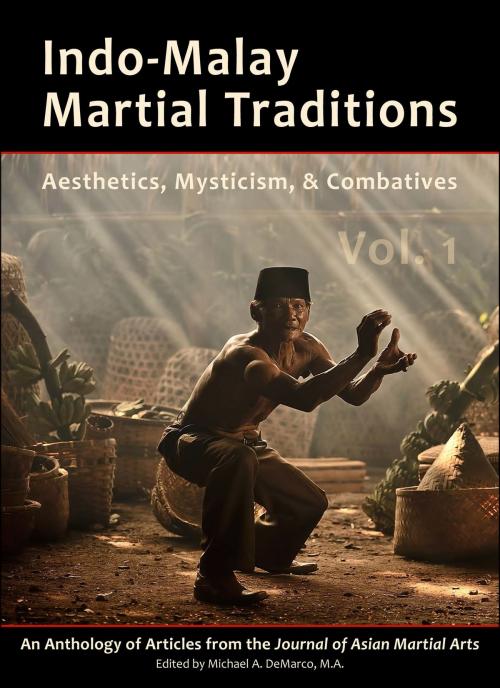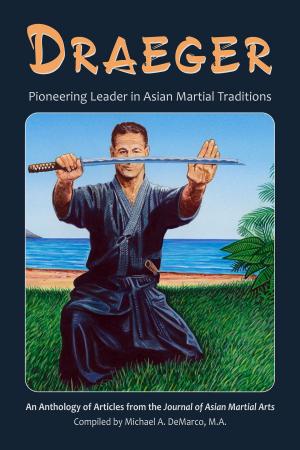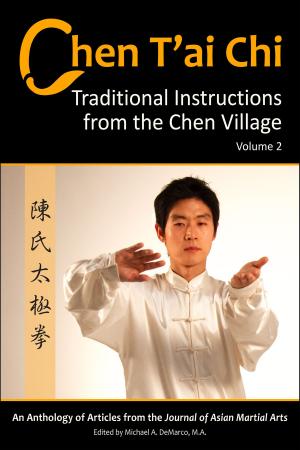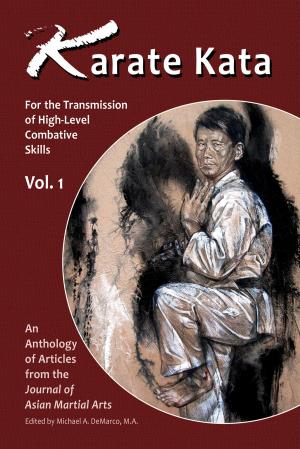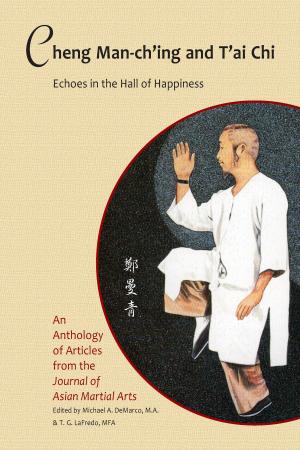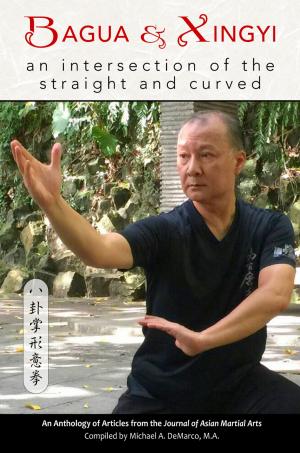Indo-Malay Martial Traditions
Aesthetics, Mysticism, & Combatives, Vol. 1
Nonfiction, History, Asian, Southeast Asia, Sports, Martial Arts & Self Defence, Social & Cultural Studies, Social Science, Anthropology| Author: | Michael DeMarco | ISBN: | 1230000406529 |
| Publisher: | Via Media Publishing | Publication: | May 5, 2015 |
| Imprint: | Language: | English |
| Author: | Michael DeMarco |
| ISBN: | 1230000406529 |
| Publisher: | Via Media Publishing |
| Publication: | May 5, 2015 |
| Imprint: | |
| Language: | English |
Many Indo-Malay martial arts are kept private, taught in secluded areas away from the public. These are arts of the older tradition, developed when combative knowledge was valued for its use in protecting the sanctity of life.
This two-volume anthology brings together a great collection of writings by authors who dove into the deepest realms of Indo-Malay combatives. They offer readers a rare viewing of martial traditions that is usually hidden behind social shrouds of secrecy and a clannish quest to preserve their own martial art.
For the lead chapter in Volume 1, Dr. Philip Davies masterfully details the complex social milieu in the Indo-Malay martial tradition, focusing on the Chinese arts referred to by the ambiguous term of kuntao. His writing underlines the importance of martial arts to specific social groups, and what and how these groups practice these combative forms.
As an initiate into the art of Bimi Sakti, James Wilson's chapter illustrates how beliefs and practices interwine, especially with the animistic roots of Indonesia. The influence makes Javanese silat unique in practice as well as social standing.
A main ingredient in Southeast Asian silat styles is kebatinan: “the science of the inner.” Mark Wiley’s chapter discusses how the blend of ancient animistic beliefs and mystical religions have given a psychological charge to silat’s methods as a source of mystic power.
Dr. Kirstin Pauka’s chapter reports on a rare celebration—the Pauleh Tinggi ceremony. This three-day long event occurs only when the social needs arise and may not occur again for decades. Silat performances by individuals, pairs, and groups are the primary features and go on throughout each day and night. Descriptions of the mental and physical sides of the silat performances offer readers a view of a martial tradition in which combative skills flow from an inner mystical guidance that flows through the movements. The psychic state is embodied both the art as well as social relationships.
All who are serious about the history and practice of Indo-Malay fighting arts will enjoy this special anthology, volumes one and two. We are very fortunate to assemble the works of these highly qualified authors. We hope reading will provide information you seek. Although the availability of studying under a true silat mater is nearly impossible, the chapters here will certainly add direction and inspiration for practitioners.
Many Indo-Malay martial arts are kept private, taught in secluded areas away from the public. These are arts of the older tradition, developed when combative knowledge was valued for its use in protecting the sanctity of life.
This two-volume anthology brings together a great collection of writings by authors who dove into the deepest realms of Indo-Malay combatives. They offer readers a rare viewing of martial traditions that is usually hidden behind social shrouds of secrecy and a clannish quest to preserve their own martial art.
For the lead chapter in Volume 1, Dr. Philip Davies masterfully details the complex social milieu in the Indo-Malay martial tradition, focusing on the Chinese arts referred to by the ambiguous term of kuntao. His writing underlines the importance of martial arts to specific social groups, and what and how these groups practice these combative forms.
As an initiate into the art of Bimi Sakti, James Wilson's chapter illustrates how beliefs and practices interwine, especially with the animistic roots of Indonesia. The influence makes Javanese silat unique in practice as well as social standing.
A main ingredient in Southeast Asian silat styles is kebatinan: “the science of the inner.” Mark Wiley’s chapter discusses how the blend of ancient animistic beliefs and mystical religions have given a psychological charge to silat’s methods as a source of mystic power.
Dr. Kirstin Pauka’s chapter reports on a rare celebration—the Pauleh Tinggi ceremony. This three-day long event occurs only when the social needs arise and may not occur again for decades. Silat performances by individuals, pairs, and groups are the primary features and go on throughout each day and night. Descriptions of the mental and physical sides of the silat performances offer readers a view of a martial tradition in which combative skills flow from an inner mystical guidance that flows through the movements. The psychic state is embodied both the art as well as social relationships.
All who are serious about the history and practice of Indo-Malay fighting arts will enjoy this special anthology, volumes one and two. We are very fortunate to assemble the works of these highly qualified authors. We hope reading will provide information you seek. Although the availability of studying under a true silat mater is nearly impossible, the chapters here will certainly add direction and inspiration for practitioners.
